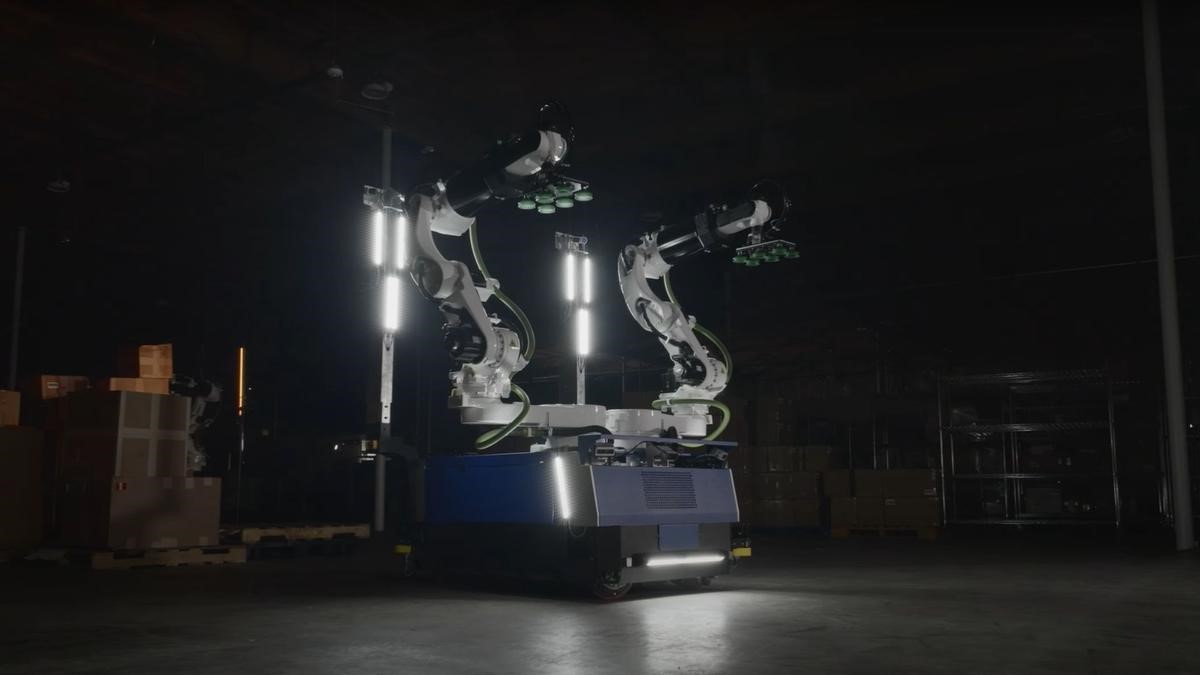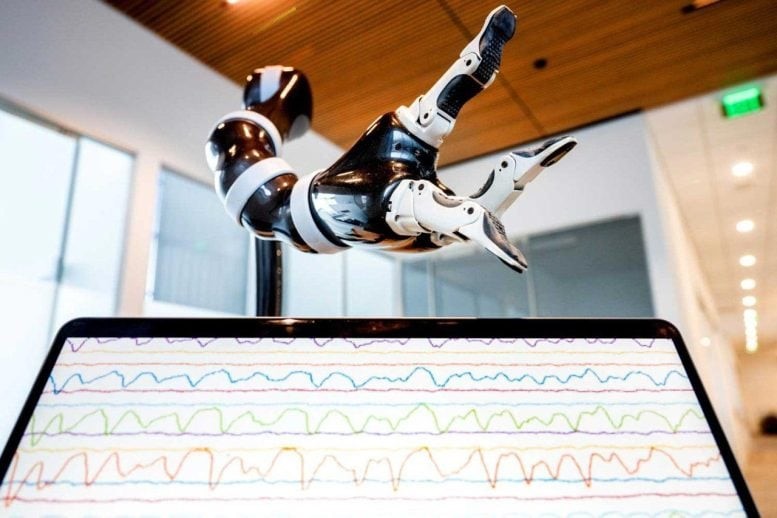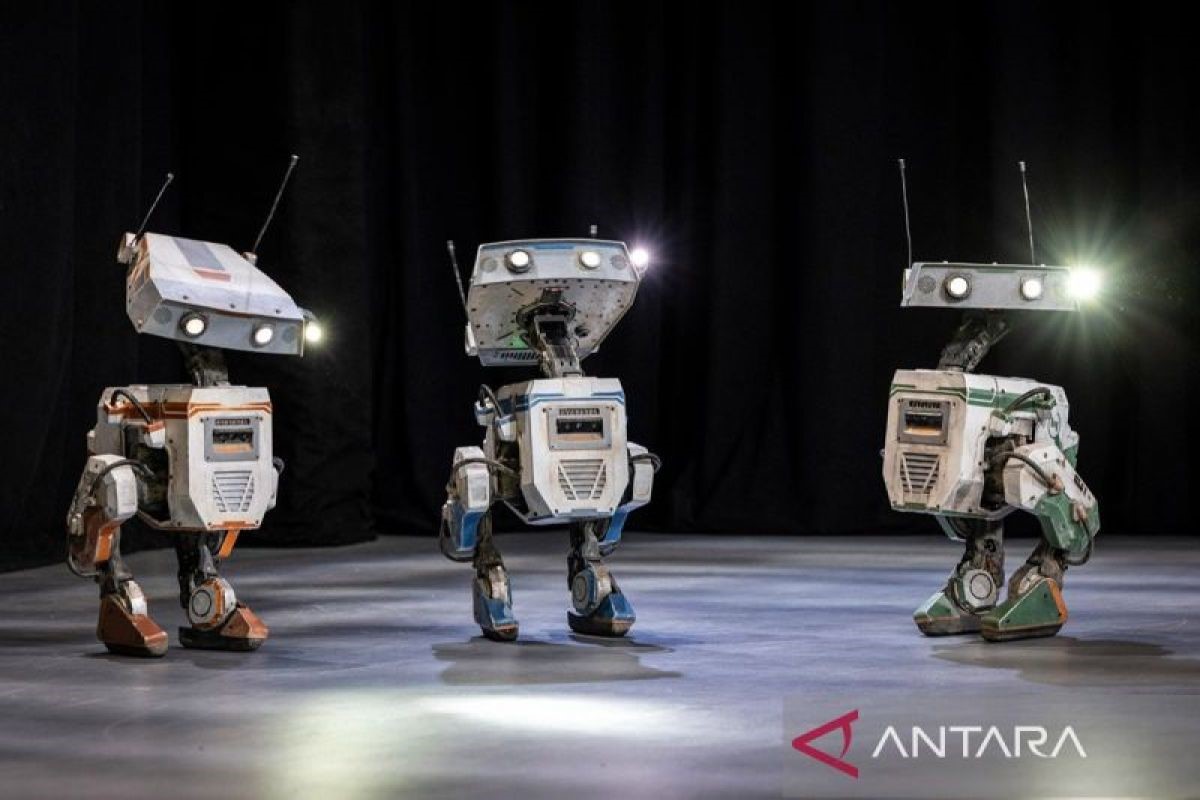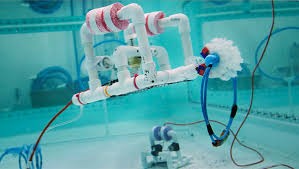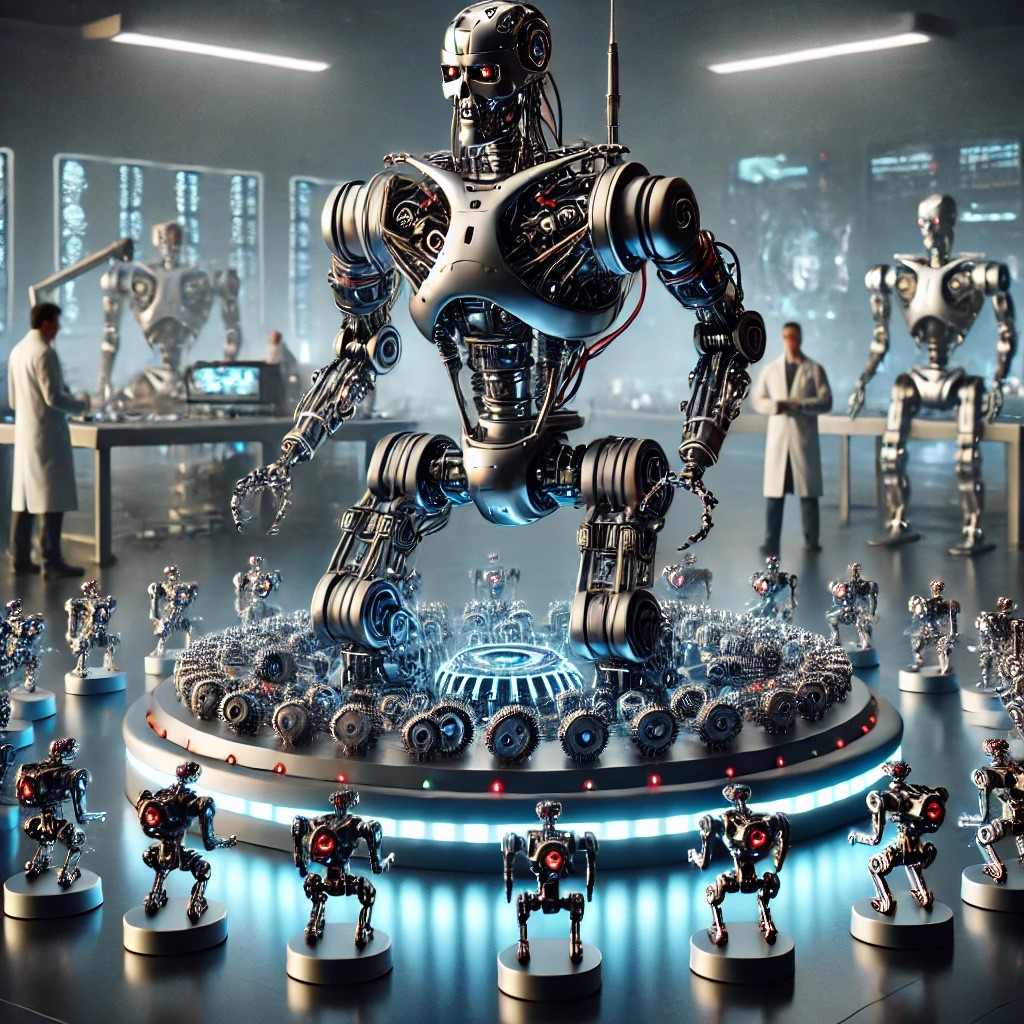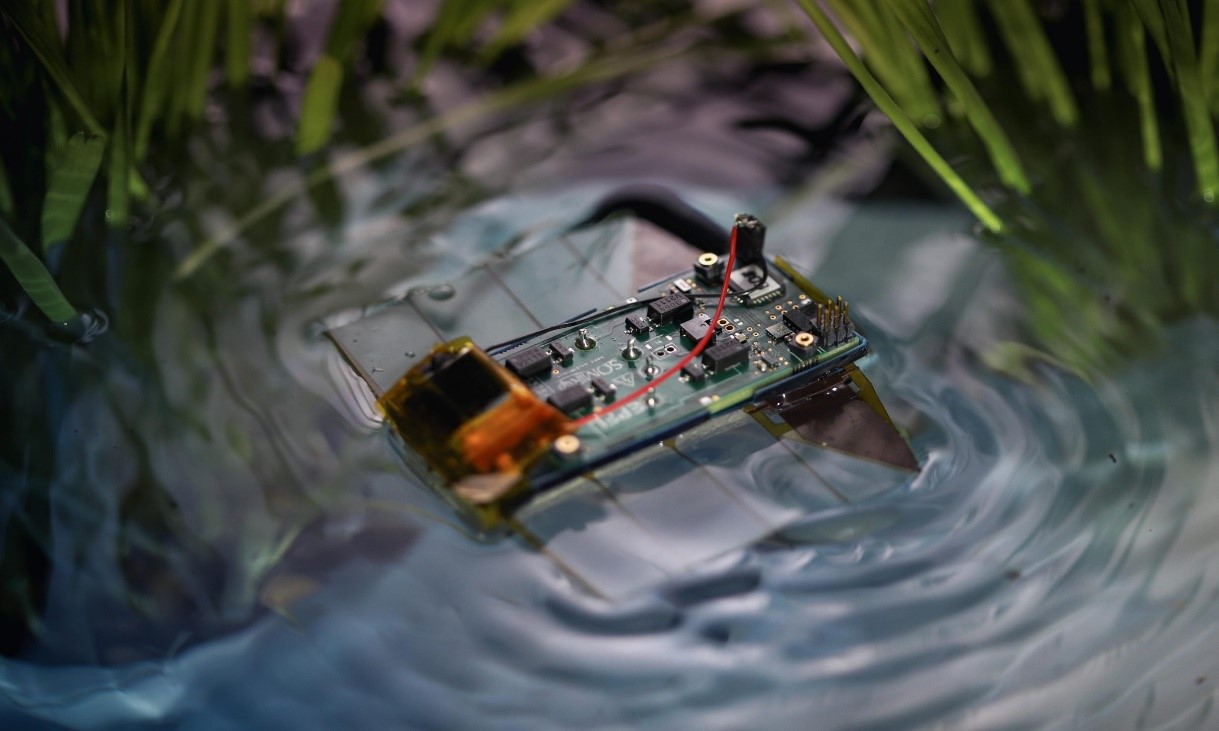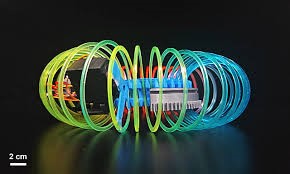A New Robotic Arm Inspired by An Elephant's Trunk Showcases an Ideal Balance of Strength and Flexibility
Researchers have developed a flexible robotic arm inspired by an elephant’s trunk, capable of twisting while remaining pliable in other directions.This advanced arm can handle tasks such as turning off valves and installing lamps by utilizing bendable components that stiffen when twisted.
According to a team from Northeastern University, this innovation could serve as a safer, more adaptable alternative to traditional rigid robots in industrial environments, reducing the risk of accidents and enhancing performance in demanding conditions.
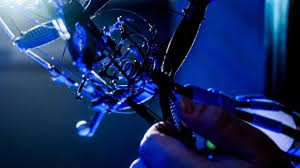
Figure 1. Elephant Trunk-Inspired Robotic Arm.
“It’s flexible, extendable, and compliant like an elephant’s trunk or an octopus tentacle, but it can also apply torque like a traditional industrial robot,” said Jeffrey Lipton, assistant professor of mechanical and industrial engineering at Northeastern, in a statement [1]. Robots typically fall into two main categories: soft and rigid. Rigid robots, commonly used in industrial settings, execute precise tasks at high speed but pose significant safety risks.
Due to their rapid movements and potential to cause severe injuries, these machines are often enclosed in protective cages to ensure worker safety. Their primary advantage lies in their ability to generate torque, making them ideal for tasks that require powerful rotational force.Figure 1 shows Elephant Trunk-Inspired Robotic Arm.
In contrast, soft robots take inspiration from natural structures like octopus tentacles and elephant trunks. They excel in flexibility, adaptability, and safe human interaction, making them well-suited for complex environments.Unlike rigid robots, a soft robotic arm is less likely to cause severe injury in accidental encounters, enhancing workplace safety while maintaining functionality.
Both types of robots have advantages when handling delicate tasks like changing a lightbulb. While a rigid robot can apply the necessary torque to secure the bulb, its lack of flexibility makes it difficult to operate in tight spaces. On the other hand, soft robots, though not as strong, can adapt to their surroundings and manipulate fragile objects without causing damage.
Adaptive Robotic Arm
To combine the strengths of both systems, researchers explored a more secure and versatile robotic solution for various industries. Drawing inspiration from the dexterity of octopus tentacles and elephant trunks, they developed mechanical units known as Torsionally Rigid Universal Couplings (TRUNCs). These units can bend and extend while becoming rigid when twisted, allowing them to efficiently transmit force.
Each TRUNC consists of a sphere with two poles, an equator, and axial links that connect the poles. When the poles twist relative to each other, stiffness increases, providing structural support while maintaining flexibility.The researchers designed two TRUNC variations with distinct movement capabilities [2]. They demonstrated that TRUNCs could be linked in series to create flexible shafts or nested to enhance rotational motion. By combining these configurations, they built a soft robotic arm and trained a neural network to interpret its joint movements.
The TRUNC arm successfully performed several tasks, including smoothly shutting off a leaky valve, carefully inserting and screwing in a lightbulb, and securely fastening motherboard bolts while assisting a human. This design highlights how soft robotics can be applied in scenarios requiring both torque and flexibility.
The team believes that TRUNC-based robotic arms could serve as practical and safer alternatives to traditional rigid robots in commercial and industrial environments, enabling them to operate safely in collaborative settings.
Reference
- https://interestingengineering.com/innovation/hybrid-robot-arm-strength-flexibility
- https://asknature.org/innovation/flexible-gripper-inspired-by-the-elephant-trunk/
Cite this article:
Keerthana S (2025), A new robotic arm inspired by an elephant's trunk showcases an ideal balance of strength and flexibility, AnaTechMaz,pp.138


